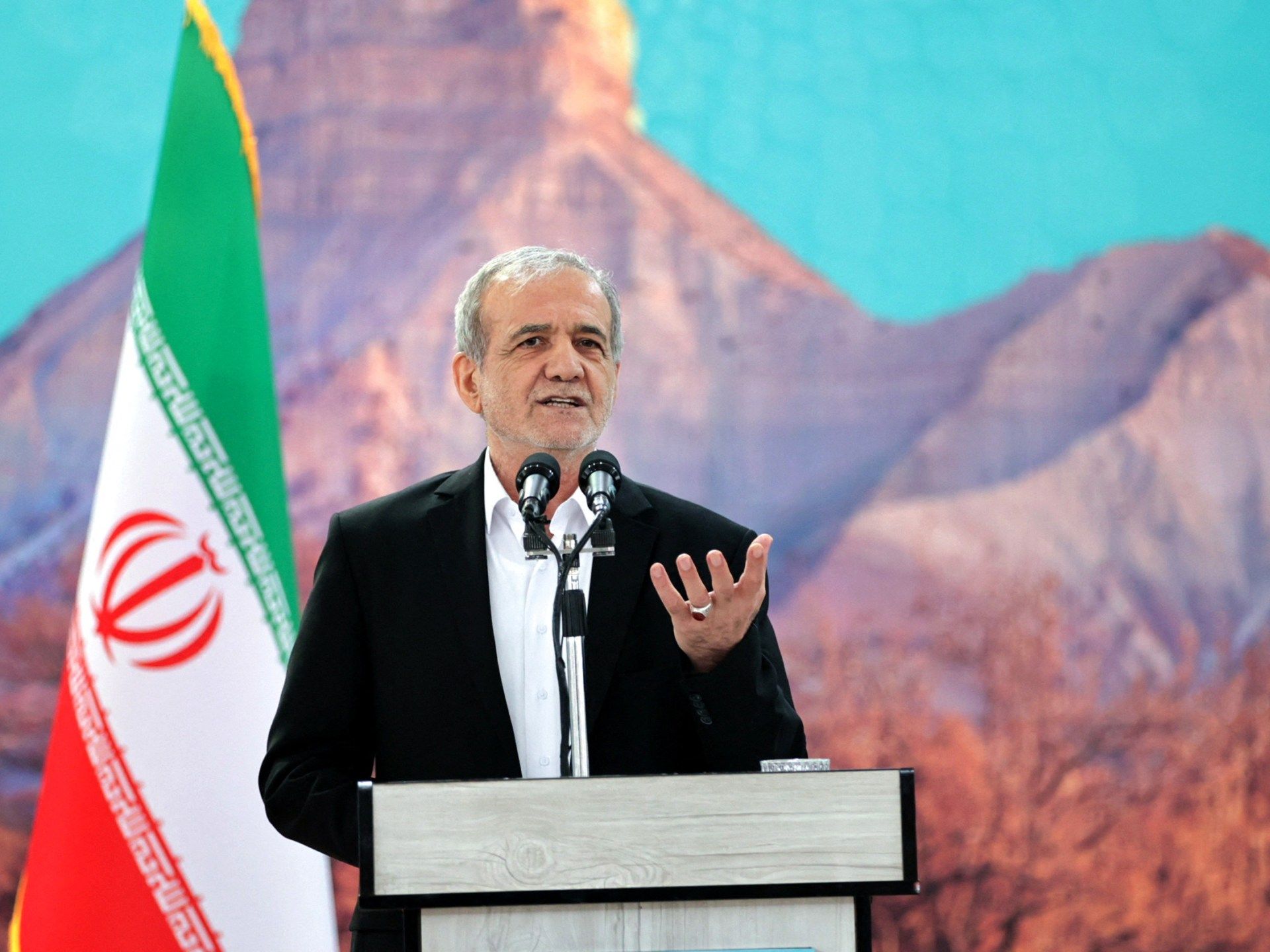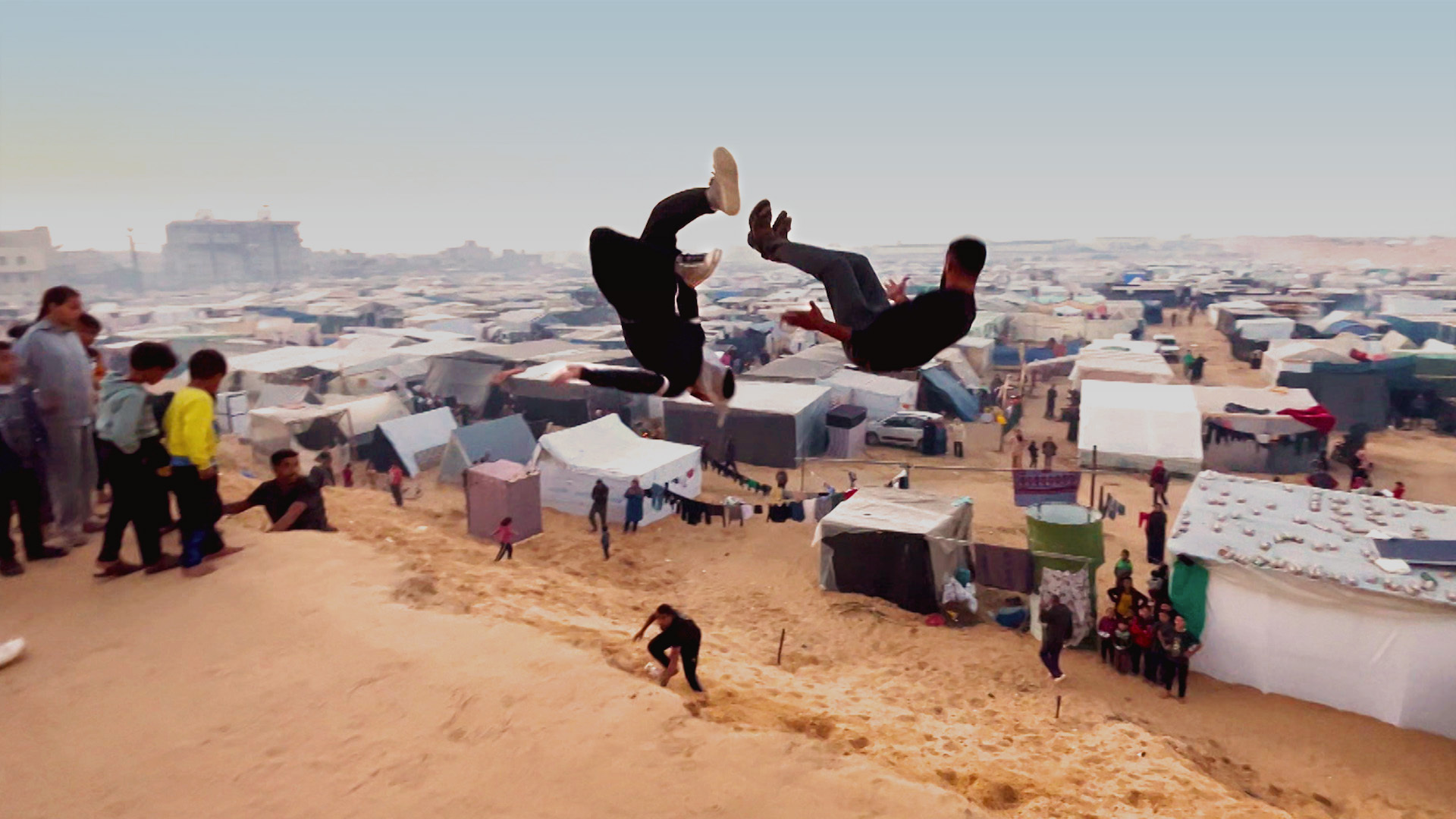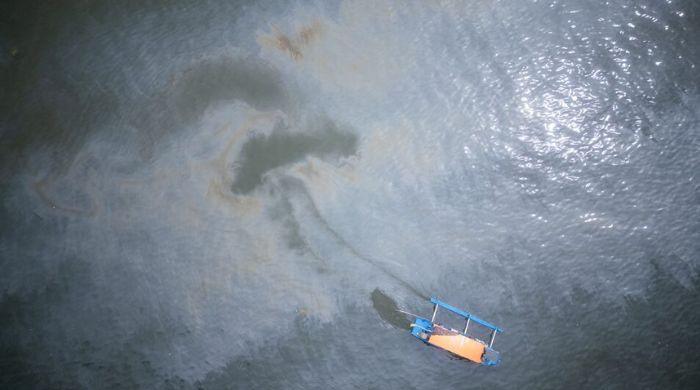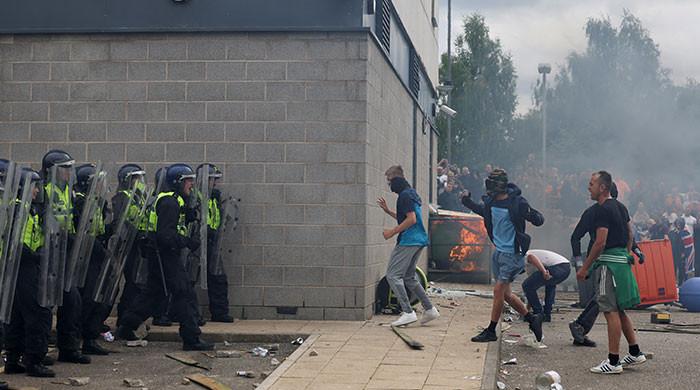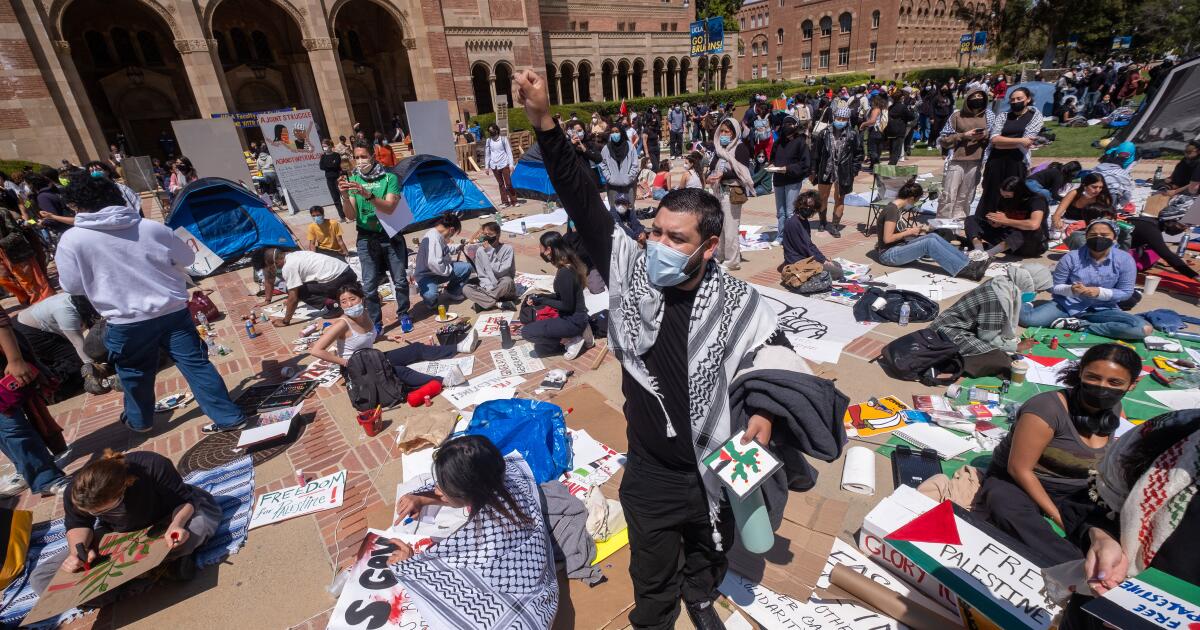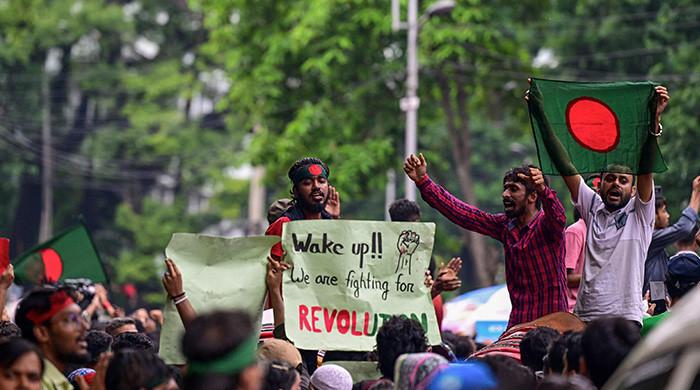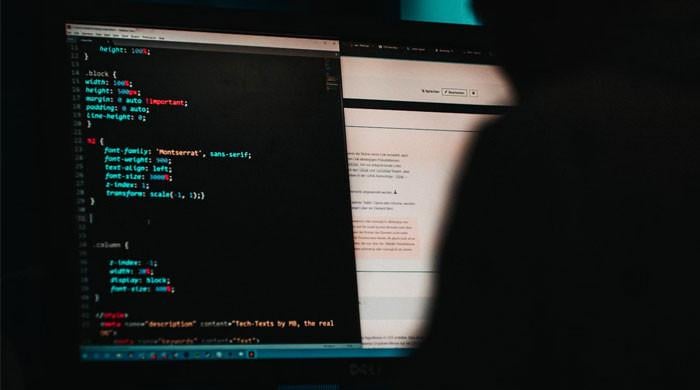Tehran, Iran – Iranian authorities have remained challenging in the midst of concerns that Israel could launch an attack against Iran as the global nuclear control body adopts another censorship resolution led by the West.
Even when Oman confirmed Thursday that he will organize a sixth round of conversations on Sunday between Iran and the United States about Tehran's nuclear program, media reports such as New York Times, citing officials in the United States and Europe, warned that Israel is “ready” to attack Iran, even without Washington's military support. Israel has long threatened to attack Iran's nuclear sites.
The administration of the president of the United States, Donald Trump, also carried out a partial evacuation of the Iraq embassy staff and dependent on US personnel in the Middle East in a sign of growing tension in the region.
“We will not yield to the coercion and harassment of the United States,” said Iranian President Masoud Peeshkian in a televised speech in the western city of Ilam, noting that they will resisted eight years of invasion in the 1980s by neighbor Iraq, which was backed by many foreign powers.
Hossein Salami, commander in chief of the body of the Islamic Revolutionary Guard (IRGC), told state television that if Israel attacks, he would meet a response of “history” that would go far beyond the two rounds of reprisals of Iran in Israel last year.
He said Iran is not “helpless and surrounded” as Gaza, where the Israeli army has killed more than 55,000 Palestinians since October 7, 2023.
Speaking to a crowd in Tehran, the Irgc QDS force commander, Esmail Qaani said that the Iran armed forces have made significant progress to improve their attack capabilities in the months after the previous missile barriers launched against Israel.
“If you think that the resistance axis and Iran have weakened and then boast depending on that, everything is a dream,” said the commander, who leads the external force of the IRGC, who has the task of expanding the regional influence of Iran.
Mohammad Bagheri, chief of cabinet of the Iranian armed forces, announced Thursday that he has given the order to launch more military exercises after a series of large -scale drills in Iran earlier this year. A variety of missiles and drones, warships, special forces and even underground missile bases appeared in those exercises.
On Wednesday, Defense Minister Aziz Nasirzadeh reiterated that all US military bases in countries around the region are legitimate objectives if the conflict explodes with the United States.
He said that Iran had successfully launched an unidentified ballistic missile last week with a head of 2,000 kg (4,410 lb) and promised victims “on the other side they will be greater and would force the United States to leave the region.”
Iran will build the third enrichment site
After days of deliberation, the Board of the International Atomic Energy Agency (OIEA) approved on Thursday a resolution to censor Iran about its advanced nuclear program and several pending cases that involve inexplicable nuclear materials in Iranian sites.
The resolution was presented in Vienna by the United States along with France, Germany and the United Kingdom, the three European nations that are still part of Iran's nuclear agreement in 2015 with the world powers, which Trump unilaterally abandoned in 2018.
The global nuclear control agency has adopted several censorship resolutions led by the West against Iran in recent years, but Thursday's was the most serious in almost two decades because it alleges that Iran is not fulfilling its nuclear non -proliferation obligations.
Iran's Ministry of Foreign Affairs described the accusation “completely unfounded and manufactured” and said Western powers are using the international body as a tool to exert political pressure.
Tehran's response was also significant. The Atomic Energy Organization of Iran and the Ministry of Foreign Affairs jointly announced that the country would build its third uranium enrichment site in a “safe” location.
They added that first -generation centrifugers will be replaced by sixth generation machines at the Fordow enrichment plant, which will significantly increase Iran's ability to create a highly enriched uranium.
The facilities of Natanz and Fordow, both built underground to protect them against bunker-buster ammunition used by the United States and Israel, are currently the only enriching facilities of Uranium in Iran. Both are under strong supervision by the OIEA.
Iran is now enriching uranium up to 60 percent and argues that its nuclear program is strictly peaceful and has civil uses, such as energy generation and radiopharmaceutical manufacturing. Uranium must have a purity of 90 percent to build nuclear weapons.
The enrichment demand of 'zero' is coming about conversations
Iran and the United States once again addresses Muscat, even when they still do not agree on enrichment, the key issue for any possible agreement.
The 2015 Nuclear Agreement allowed Iran to enrich Uranium up to 3.67 percent under the monitoring of the OIEA, but Trump, who now says that he is less safe in an agreement with Iran, has insisted that the enrichment “zero” takes place within Iran.
Tehran, which this week rejected another US proposal that included zero enrichment, is scheduled to offer a counterpart soon to try to advance the negotiations.
The ideas for a nuclear consortium that includes Iran's neighbors to strengthen trust so far have not been able to provide any advance.
Israeli Strategic Affairs Minister Ron Dermer, and the head of Mossad, David Barnea, meets the American envoy Steve Witkoff on Friday before going to the capital of Omar Omaní for the last round of conversations.
Tehran relies on the national feeling
In the Vanak Square in Tehran, the authorities installed this week a great sculpture by Aash Kamangir (Aash the Archer), a hero in Iranian mythology.
The history of Aash involved the hero by putting his life in danger by climbing Mount Lady, the highest peak in Iran at 5,609 meters (18,402 feet) and a symbol of national pride, to use his arc shooting skills to establish the borders of Iran. In the story, his arrow flies for days before establishing Iran's limits with Turan, a historical region in Central Asia.
History is one that evokes a sense of national pride among all Iranians. When the images of the sculpture became viral on social networks, some Iranians praised the measure, while others criticized him as an attempt to take advantage of the nationalist feeling at a time when Iran can be attacked.
مجسمه بزرگ ۱۵ موری آرش کمانگیر امروز د endr pic.twitter.com/qqbglpxwxo
– Azadeh Mokhtari (@azademokhtari) June 10, 2025
Translation: a 15 -meter high [50ft-high] The sculpture of Aash Kamangir settled today in the Plaza Vanak in Tehran.
But even with the spectrum of the war that seems to go through Iran again, Markets in the country have remained relatively stable in recent weeks, since they anticipate the results of negotiations with the United States.
The Iranian rial changed hands in Tehran for approximately 840,000 to US dollar on Thursday, it had only dropped a little compared to the previous days and its news of more military and political pressure on Iran.
“Most of the people I have talked about here are following the news of the conversations with the United States and Israel's threats very closely, but there is no panic,” said a 36 -year -old seller of the great Bazaar from Tehran to Al Jazeera, asking to remain in anonymity.
After years of strict sanctions, along with local poor management, Iran has faced constantly high inflation. It is currently above 30 percent. The Iranians are also isolated from international payment networks and most international services were banned due to sanctions.
“Nobody wants a war,” said the seller. “We have enough problems like it is. I really hope they get to a deal.”

